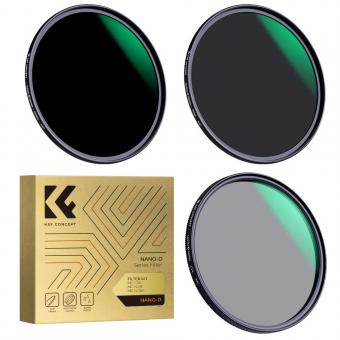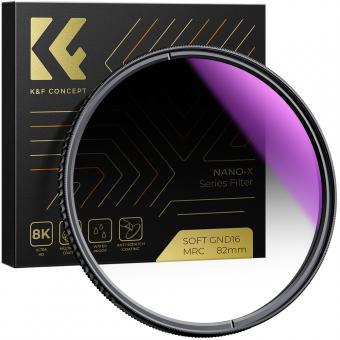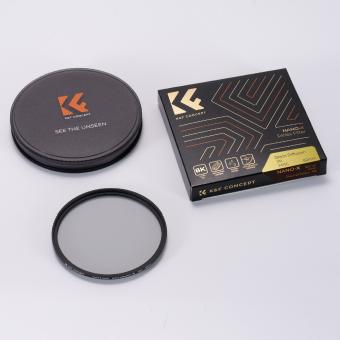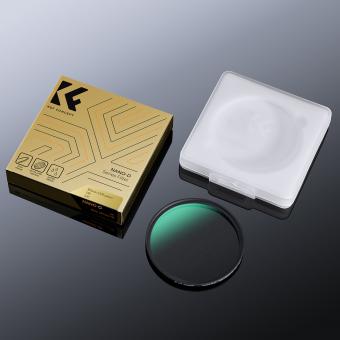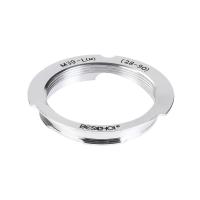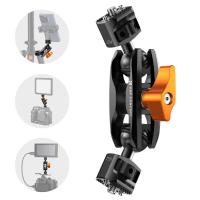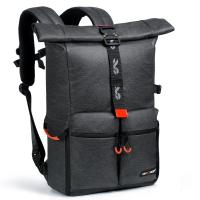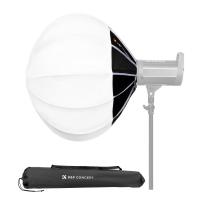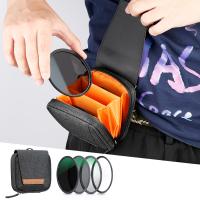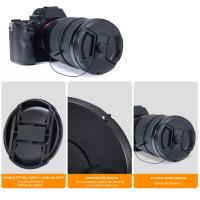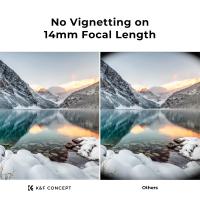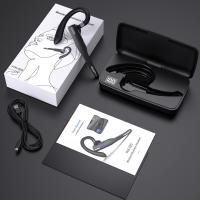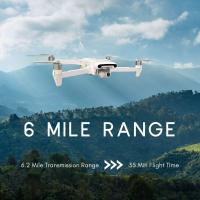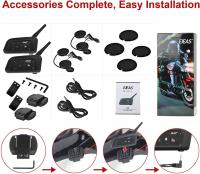What Do Neutral Density Filters Do ?
Neutral density filters are optical filters that reduce the amount of light entering a camera lens without affecting the color or hue of the image. They are commonly used in photography and videography to achieve certain creative effects, such as blurring motion or creating shallow depth of field in bright lighting conditions. Neutral density filters come in different strengths, measured in stops, which indicate how much light they block. For example, a 3-stop ND filter reduces the amount of light entering the lens by three stops, allowing for longer exposure times or wider apertures. Neutral density filters are also useful for video production, where they can help maintain a consistent exposure and shutter speed in changing lighting conditions.
1、 Definition and Types of Neutral Density Filters

Neutral density filters are camera accessories that reduce the amount of light entering the camera lens without affecting the color or hue of the image. They are commonly used in photography and videography to achieve certain creative effects or to overcome exposure limitations in bright lighting conditions.
Neutral density filters come in different types, including fixed and variable density filters. Fixed density filters have a set amount of light reduction, while variable density filters allow the user to adjust the amount of light reduction by rotating the filter.
Neutral density filters are useful in a variety of situations, such as when shooting in bright sunlight to avoid overexposure or when trying to achieve a shallow depth of field in bright lighting conditions. They can also be used to create motion blur effects in photographs or to capture long exposures of waterfalls or other moving subjects.
In recent years, neutral density filters have become increasingly popular among drone photographers and videographers. The filters help to reduce the amount of light entering the camera lens, which can improve the overall quality of aerial footage and reduce the risk of overexposure.
Overall, neutral density filters are a versatile and essential tool for any photographer or videographer looking to achieve creative effects or overcome exposure limitations in bright lighting conditions.
2、 Applications in Photography and Filmmaking
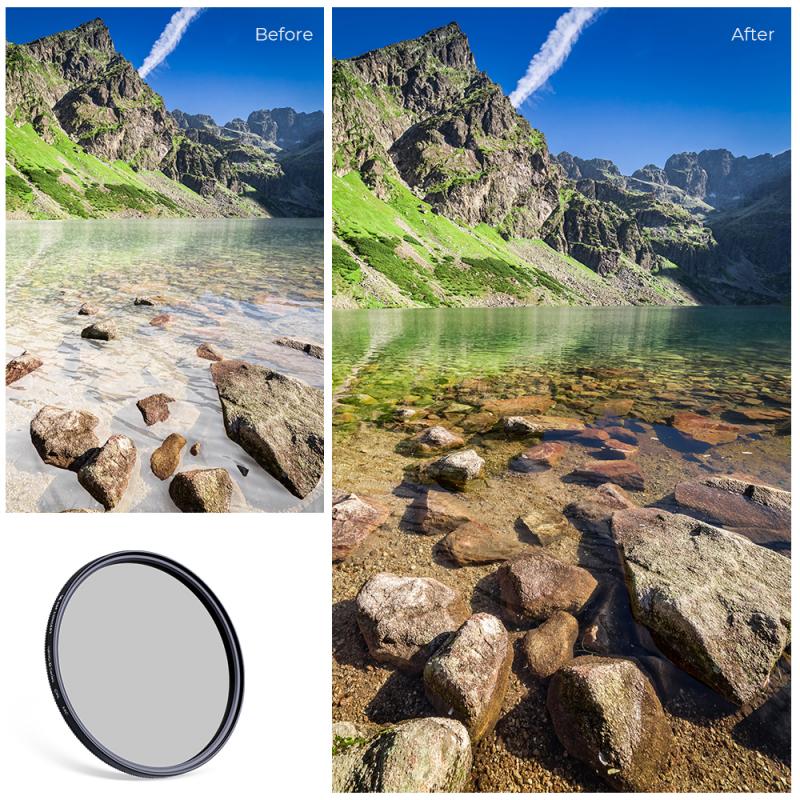
Neutral density filters are essential tools for photographers and filmmakers who want to control the amount of light that enters their camera lens. These filters are designed to reduce the amount of light that enters the lens without affecting the color or contrast of the image. This allows photographers and filmmakers to use slower shutter speeds or wider apertures in bright conditions, creating a range of creative effects.
In photography, neutral density filters are commonly used to create long exposure images of landscapes, waterfalls, and other moving subjects. By using a slow shutter speed, the filter can blur the movement of the subject, creating a dreamy, ethereal effect. Neutral density filters are also useful for portrait photography, allowing photographers to use wider apertures in bright conditions, creating a shallow depth of field and a blurred background.
In filmmaking, neutral density filters are used to control the exposure of the image, allowing filmmakers to shoot at wider apertures or slower shutter speeds in bright conditions. This creates a more cinematic look, with a shallow depth of field and a blurred background. Neutral density filters are also useful for creating motion blur in video, creating a sense of movement and energy in the image.
The latest point of view on neutral density filters is that they are essential tools for photographers and filmmakers who want to create unique and creative images. With the ability to control the amount of light that enters the lens, these filters allow artists to push the boundaries of their craft, creating images that are both beautiful and technically impressive. Whether shooting landscapes, portraits, or video, neutral density filters are a must-have accessory for any serious photographer or filmmaker.
3、 Factors to Consider When Choosing a Neutral Density Filter
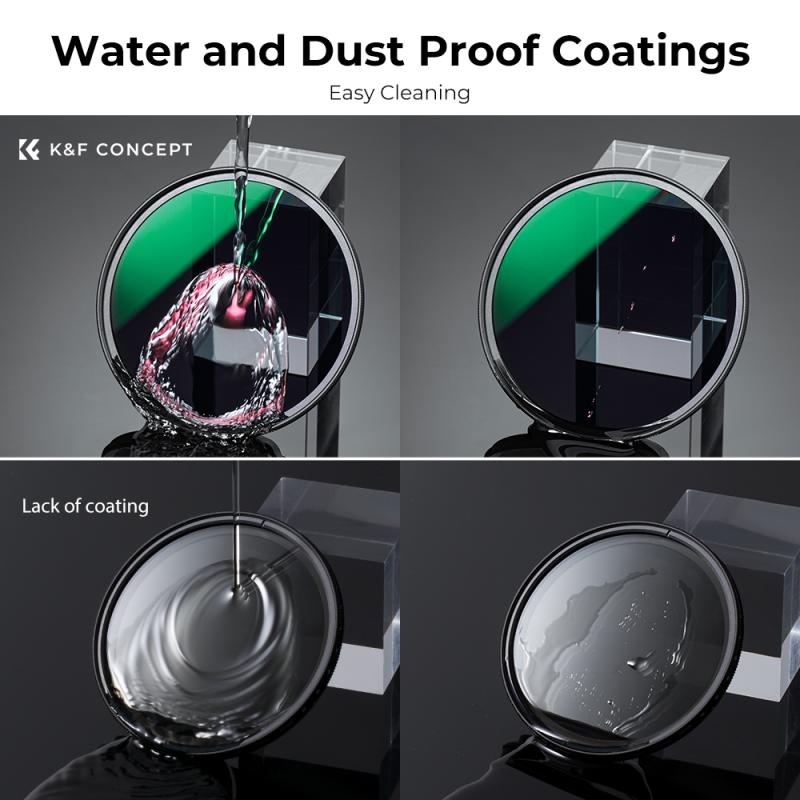
What do neutral density filters do?
Neutral density filters are camera accessories that reduce the amount of light entering the camera lens without affecting the color or hue of the image. They are commonly used in photography and videography to achieve certain creative effects, such as blurring motion or creating shallow depth of field in bright lighting conditions.
Factors to Consider When Choosing a Neutral Density Filter
1. Filter Strength: Neutral density filters come in different strengths, measured in stops. The higher the number of stops, the darker the filter and the more light it blocks. It is important to choose the right strength of filter for the lighting conditions and desired effect.
2. Filter Size: Neutral density filters come in different sizes to fit different lens diameters. It is important to choose the right size to ensure proper coverage and avoid vignetting.
3. Filter Material: Neutral density filters can be made of glass or resin. Glass filters are more durable and scratch-resistant, but also more expensive. Resin filters are more affordable but can scratch easily.
4. Filter Coating: Some neutral density filters come with coatings that reduce reflections and improve image quality. These coatings can also affect the price of the filter.
5. Brand and Price: There are many brands of neutral density filters on the market, with varying prices. It is important to choose a reputable brand and consider the price in relation to the quality and features of the filter.
The latest point of view on choosing a neutral density filter is to also consider the environmental impact of the filter. Some companies are now producing filters made from eco-friendly materials and using sustainable manufacturing processes. It is important to consider the impact of our photography equipment on the environment and choose products that align with our values.
4、 How to Use Neutral Density Filters
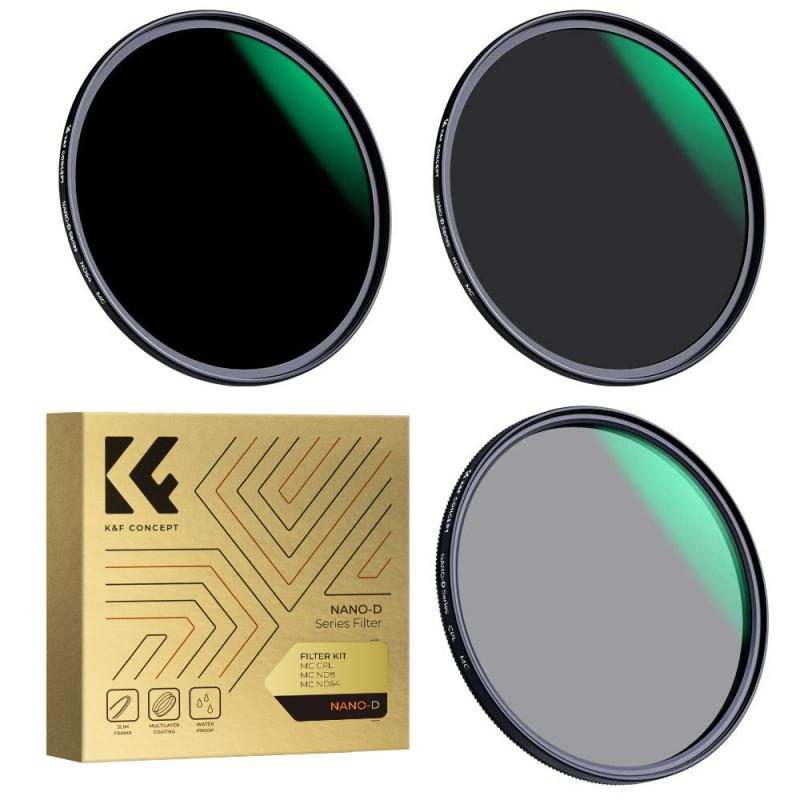
Neutral density filters are camera accessories that reduce the amount of light entering the camera lens without affecting the color or hue of the image. They are commonly used in photography and videography to achieve certain creative effects that would otherwise be difficult or impossible to achieve without them.
Neutral density filters come in different strengths, measured in stops, which determine the amount of light they block. The most common strengths are 1-stop, 2-stop, and 3-stop filters, but stronger filters are also available for more extreme light reduction.
One of the most common uses of neutral density filters is to achieve a shallow depth of field in bright conditions. By reducing the amount of light entering the lens, the camera can use a wider aperture to achieve a shallower depth of field, which can create a more dramatic and artistic effect.
Neutral density filters can also be used to create motion blur in bright conditions. By using a longer shutter speed, the camera can capture the movement of objects in the frame, creating a sense of motion and energy.
To use a neutral density filter, simply attach it to the front of your camera lens and adjust your camera settings accordingly. It's important to note that using a neutral density filter will require longer exposure times, so a tripod or other stabilizing device may be necessary to avoid camera shake.
In recent years, some photographers and videographers have also started using variable neutral density filters, which allow for adjustable light reduction by rotating the filter. These filters can be more convenient than traditional fixed-strength filters, but they can also be more expensive and may not offer the same level of image quality.

